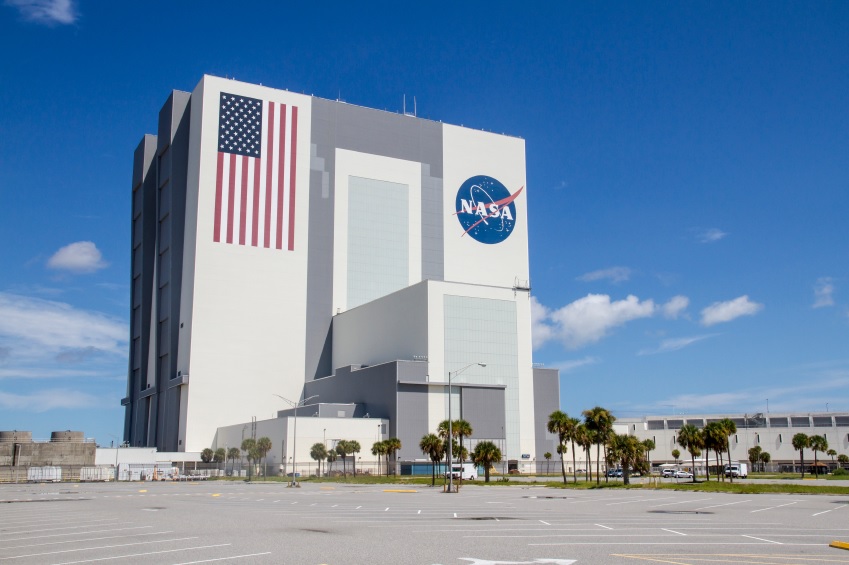If you want to bypass the learning process of how to file a patent with the United States Patent and Trademark Office, you can always check out the patents that NASA is offering for free. Yes, you read that right, NASA is putting up more than 1,200 of its patented technologies at absolutely no up-front cost.
Yes, okay, as with anything free, there is a catch. Under the Startup NASA initiative, only start-up companies can obtain licenses to use NASA’s patented technologies.
In addition, the program is only open to U.S. start-ups that are formed with the intent of utilizing the space agency’s licensed technology for commercial use.
And although NASA is waiving the initial licensing fee for the first three years, it will collect a standard net royalty fee once the start-up begins selling its product.
The space agency is awarding non-exclusive licenses, which means other companies can request similar rights to use the technology for commercial purposes. However, start-ups can negotiate with NASA for exclusivity.
About the Startup NASA Initiative
The purpose of the initiative is to help start-up businesses with two common problems they face: securing intellectual property rights and raising capital.
In the NASA press release announcing the initiative, David Miller, NASA’s chief technologist states, “The Startup NASA initiative leverages the results of our cutting-edge research and development so entrepreneurs can take that research – and some risks – to create new products and new services.”
Available NASA Patents
A diverse range of NASA patents are up for grabs in the categories of: aeronautics; communications; electrical/electronics; environment; health, medicine and biotechnology; IT and software; instrumentation; manufacturing; materials and coatings; mechanical and fluid systems; optics; power generation and storage; propulsion; robotics, automation and control; and sensors.
The online patent portfolio database is organized into these 15 categories for easy searching through all the patents available under the program. All the patents are maintained and protected by the U.S. government, and the technologies have been vetted by NASA and external sources for technical and commercial viability.
A number of the available patents offer immediate opportunities to get an invention to market. For example, under the Sensors category, there’s a turbulence and vortex detection system that was developed for aircraft.
In the Robotics, Automation and Control category, there is a Robo-Glove invention. It’s a wearable human grasp assist device that would minimize the grasping force needed by those who operate tools for a long period of time or perform tasks using a repetitive motion.
The Communications category offers patents holding opportunities for a portable wireless signal booster, an extended range radio frequency identification (RFID) and sensor tag, and a real-time tracking system.
How to Get a Free NASA Patent
Once you determine the NASA patent you would like to use, you do not need to know how to file a patent to get it. All you need to do is download, complete and submit the online license request form that is available on the initiative’s website.
You can also download a sample licensing agreement and contact NASA to apply to the program.
NASA is also making its technical personnel and its facilities available to lend support to start-ups.
So if you’re a high tech entrepreneur, here’s your chance to get a boost on an invention without having to worry about the patent application process.


